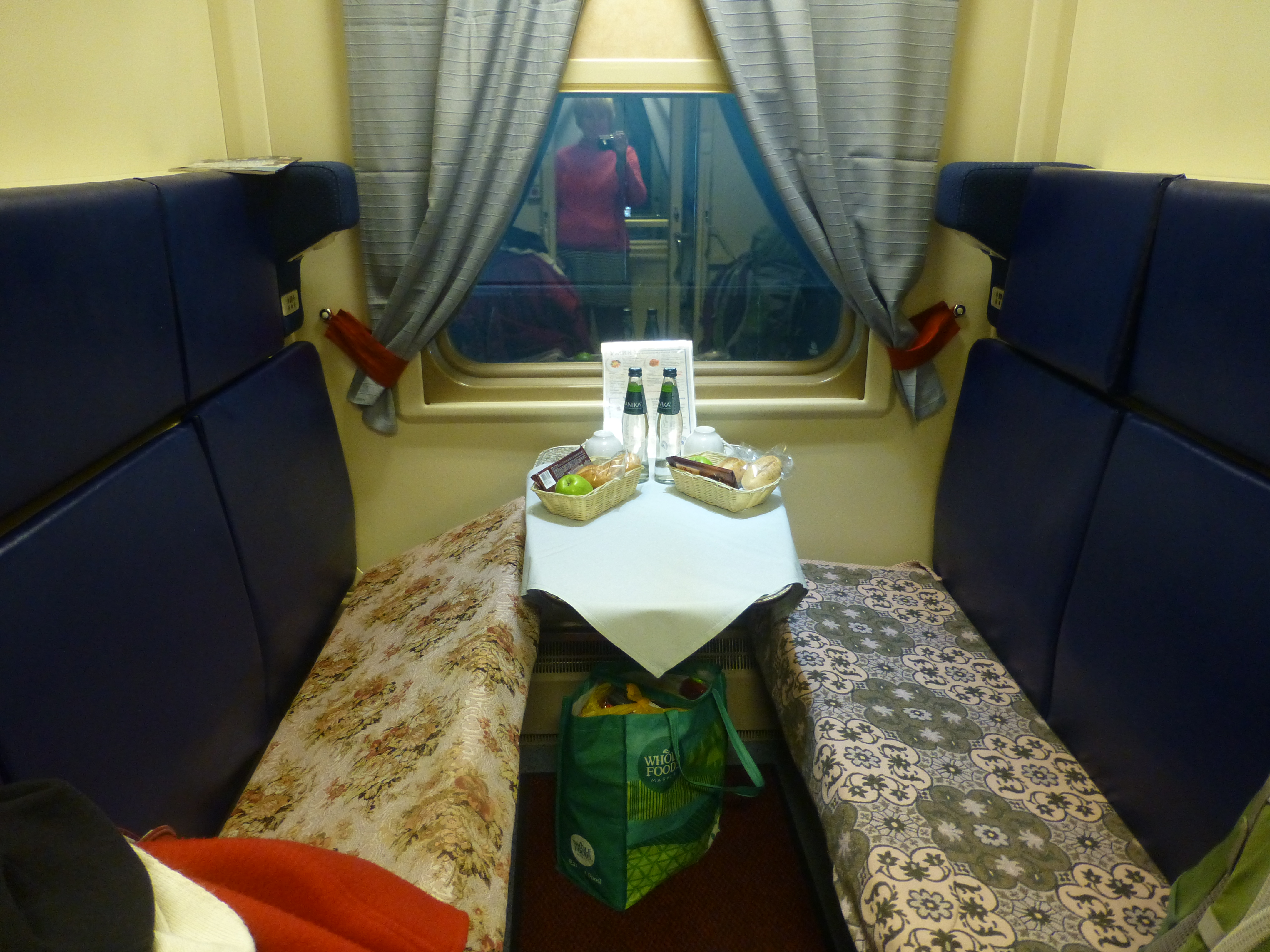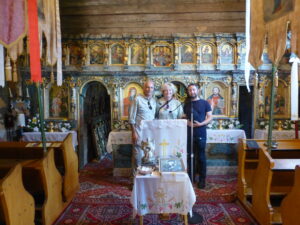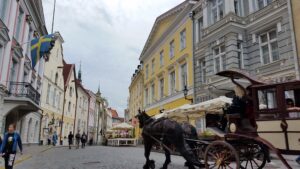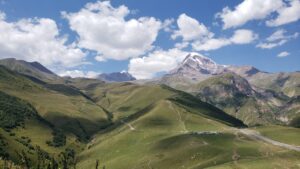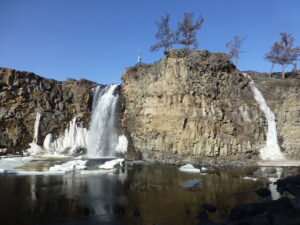In brief: The Trans-Siberian railway offers little drama, but takes you into a special world.
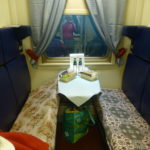
Our home for four days and nights, crossing Russia from Moscow into snowy Siberia, was a very comfortable compartment. It took about an hour to escape Moscow and its outlying towns and then, except for the few large cities on the route, the sameness of the landscape begins.
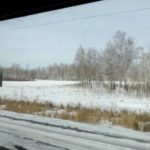
Most of the trip is flat and trees, with the major exception to the east of Kazan as you cross the Urals, the region where Europe and Asia meet.
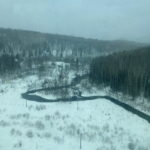
Here lay a hilly, irregularly corrugated terrain. Especially in Siberia after the Urals, the view is, well, fairly uniform: trees, trees, birches, firs, trees, pine, electric lines, snow blanketing the ground and crusting the roads…and, of course, trees – all about 15 meters tall.
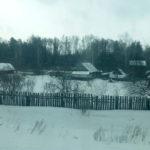
Set into the forests, at wide intervals, were villages in orderly grids made of wood houses in good condition, each fenced around with wood barriers. For variety, we would see open fields and adjacent farmhouses, signs of a productive growing area. They made us think of Chekhovian wooded domains.
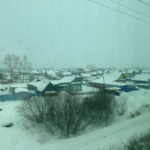
The larger towns might be more colorful, though typically comprised of dull but functional apartment buildings.
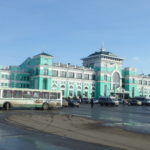
And then we moved onward to trees and more trees. To be sure, it’s not the most exciting of landscapes we ever witnessed, but that’s beside the point…the passage through it makes you think about Russia, its long history and rich culture – and surely makes you relax.
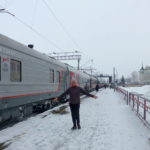
Over the span of our four days, we left the train at only two locations, Yekaterinburg along the way and Irkutsk at the end, the jump-off point for Lake Baikal.
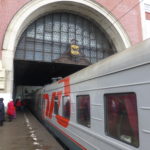
It’s a very efficient train system, arriving and departing on time all along the way. When they say the stop lasts 2 minutes, it does. At the longer stops, like at Kazan, you can bustle into the surprisingly nice train stations for some supplies while the crew bangs away at the undercarriage of each car with metal poles. They’re clearing any ice underneath to ensure we arrive at the next stop on time.


